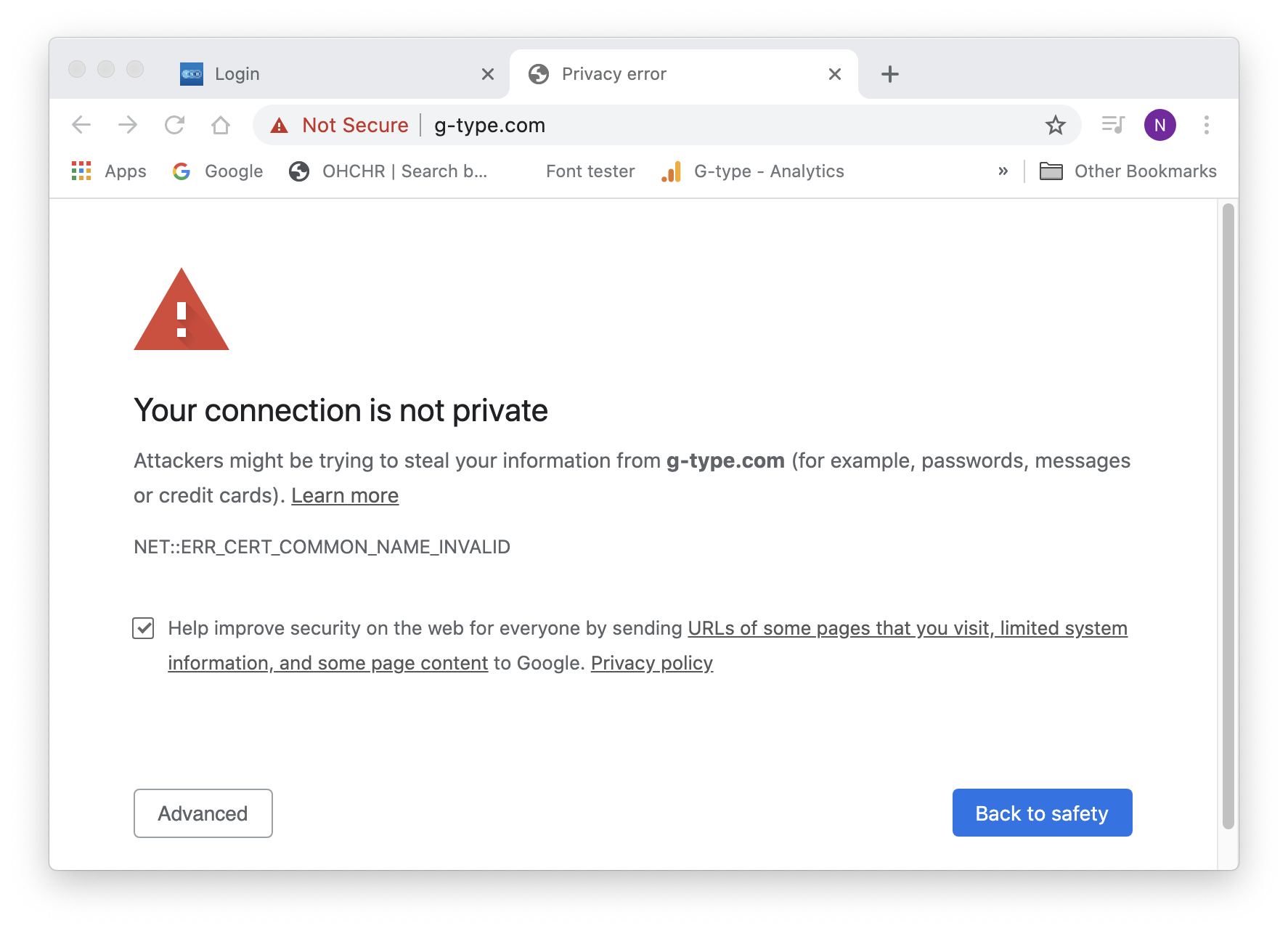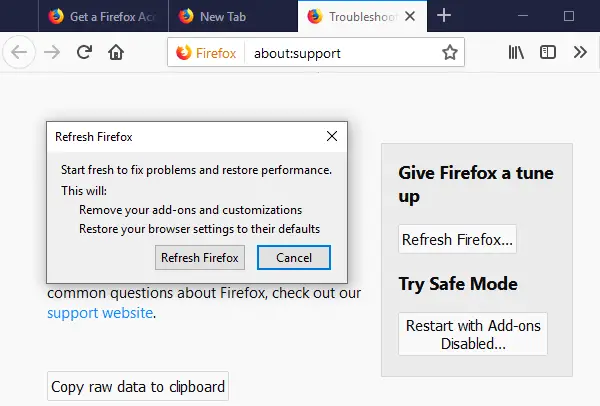
If this is the case for you, then you should try our other fixes mentioned here. Obtaining a valid SSL certificate can be a daunting task, even more so if you do not have the required permissions. The SSL certificate is now imported into the browser and you can now easily access the site. Select the certificate file approved by the certification authority from the local hard drive and click on okay.Switch to the Your certificatesSection and click import…Button.click on the View certificate …Button from the displayed search results.seekfor certificates in the settings search bar.beginFirefox and go over to his settingsPage from the menu bar.Here are the steps to add the certificate in Mozilla Firefox: That way, you don't have to wait for the browsers to crawl the site for certification or stamp its approval. If you have a valid and authorized CA, you can manually add it to the browser.

So it's usually better to keep this flag checked and only disable it when access to a site is critical. While the intermediate certificate is used as a bridge between root and client, its importance from a security point of view should not be neglected. When you're done, restart your browser and see if it fixes the Mozilla Firefox SSL error. Change its value from Trueto not correctwith the toggle switch.Search for _ocsp_staplingConstruction.Click on Accept the risk and move onCommand to continue.beginFirefox Browser and go to the about:configPage.Here are the steps to change the SSL checking in the Firefox Browser: While adding this certificate is in the sole hands of the developer, you can consider turning off intermediate certificate checking on your part. If this is not the case, the browser may refuse to establish a connection with the relevant page.

And every website must also attach the same importance to this certificate. In addition to the root certificate that every site must have, an additional intermediate certificate acts as a bridge between the root and your system. consider Windows Defender and FirewallApplications. As for online protection, you can take advantage of it. If disabling the network scanning feature solves the problem, we recommend that you turn that feature off. Kaspersky: Enable Do not scan encrypted connections.ESET: Disable SSL / TLS protocol filtering.Bitdefender: disable encrypted web scan.Avast and AVG: Uncheck Enable HTTPS Scanning.

With that in mind, here is the list of major antivirus software and network feature that you need to disable / enable in order to fix Mozilla Firefox SSL error. If it fixes the underlying problem, it's better to keep this feature disabled. In order to check or verify this, you might want to consider temporarily turning off your antivirus network scanning feature.


 0 kommentar(er)
0 kommentar(er)
